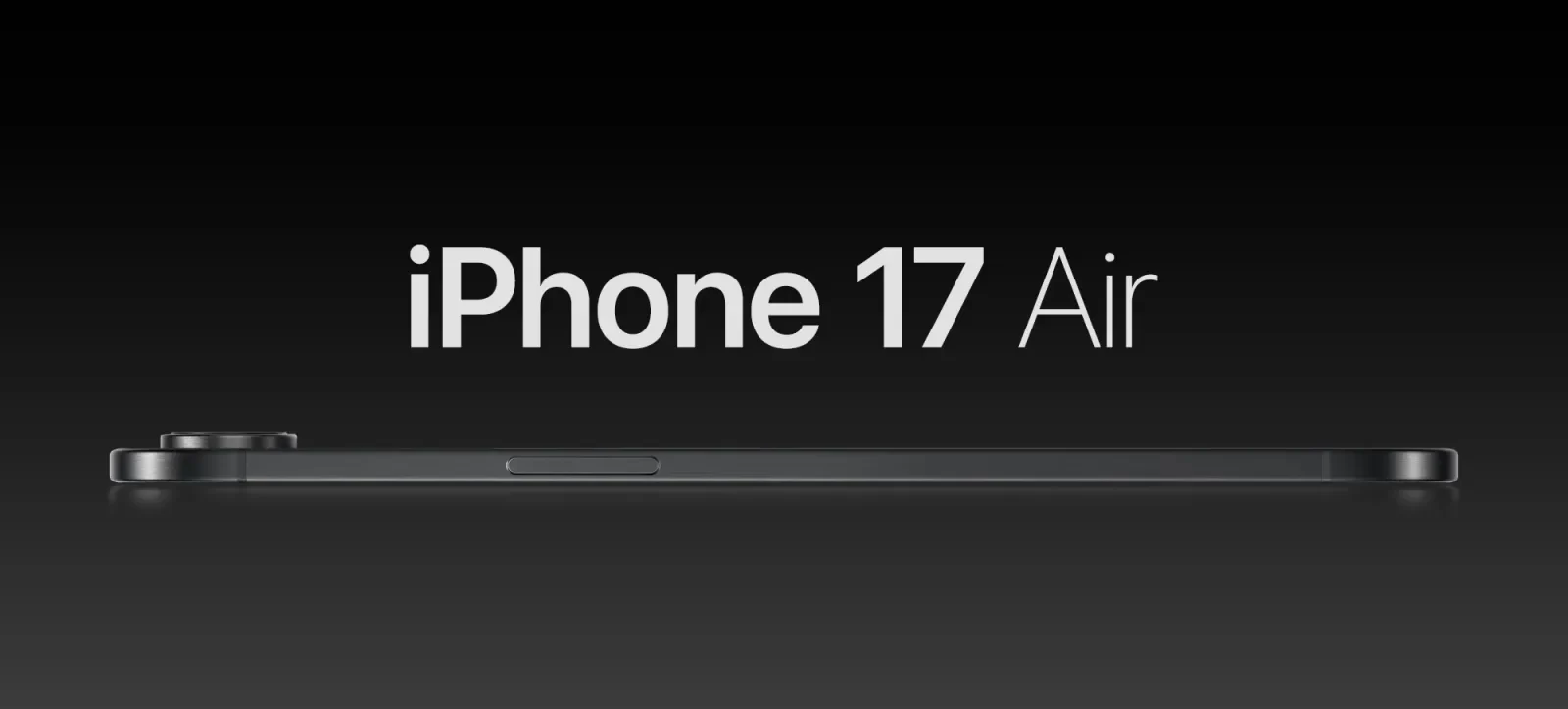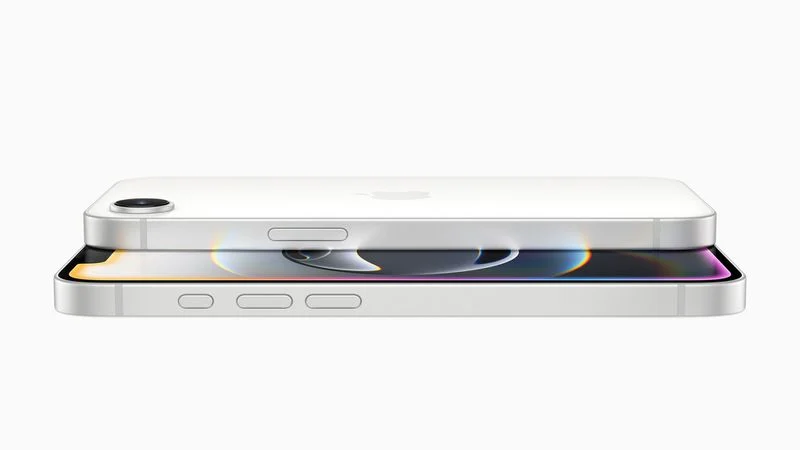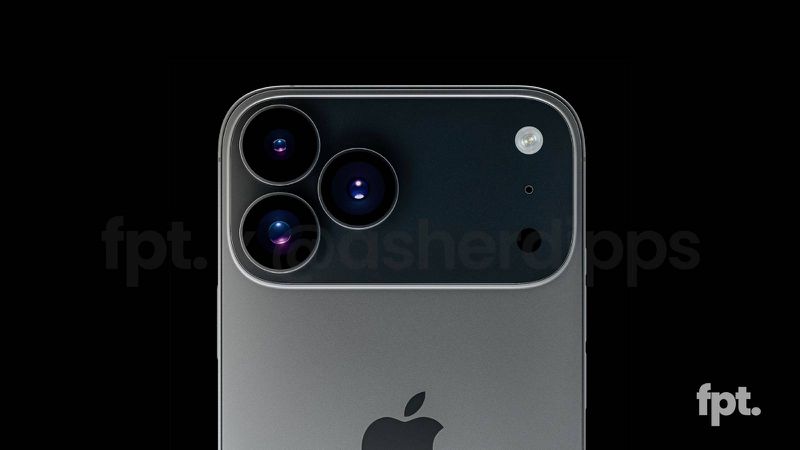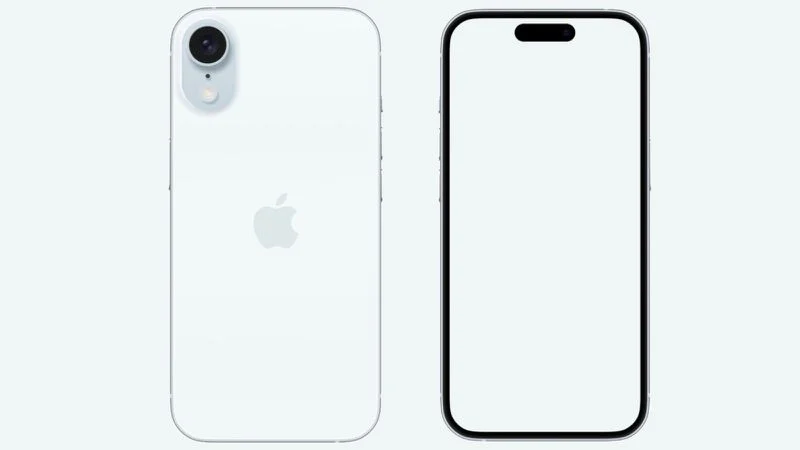Apple is working on a new C2 modem for its future iPhones, according to a trusted source. This insider, known for reliable leaks, shared the news recently.
iPhone Technology
The source, posting from a private X account, revealed that the C2 modem carries the code C4020 inside Apple. This suggests the modem is already in development. While no extra details were shared, the insider has a solid history of accurate predictions. They’ve asked us not to link their private account in this story.
Apple has said before that it began designing new iPhone parts years before they hit the market. So, it’s no shock that a C2 modem is in the works. This next version is expected to bring quicker, more dependable 5G connections. Plus, it might use even less power than the current one.
Apple claims the C1 modem, found in the iPhone 16e, is the most energy-saving modem they’ve made so far. It helps that phone achieve the best battery life ever for a 6.1-inch iPhone—better than even the pricier iPhone 16.
Speed tests for the C1 modem are still pending. However, many believe Apple’s first modem won’t match the pace of Qualcomm’s newest Snapdragon X75, which powers other iPhones. In a chat with Apple’s chip boss, Johny Srouji, he called the C1 modem just the “beginning.” That hints the C2 modem will take things to the next level. The news shows Apple keeps pushing to improve its tech, aiming for faster and longer-lasting iPhones in the years ahead.






